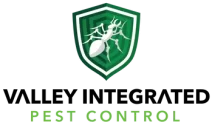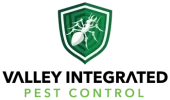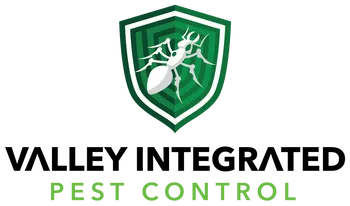Keeping your pets safe and your home free from pests is very important. It helps to know the difference between two tiny bugs called fleas and ticks. Both are bad for pets and can bother people too, but they are not the same. We’ll tell you how they are different and how to deal with each one. This way, you can keep everyone in your home safe.
Understanding Fleas
Fleas are tiny insects that jump from host to host, feeding on blood. These tiny bugs can quickly have lots of babies and make your pets feel bad and sick.
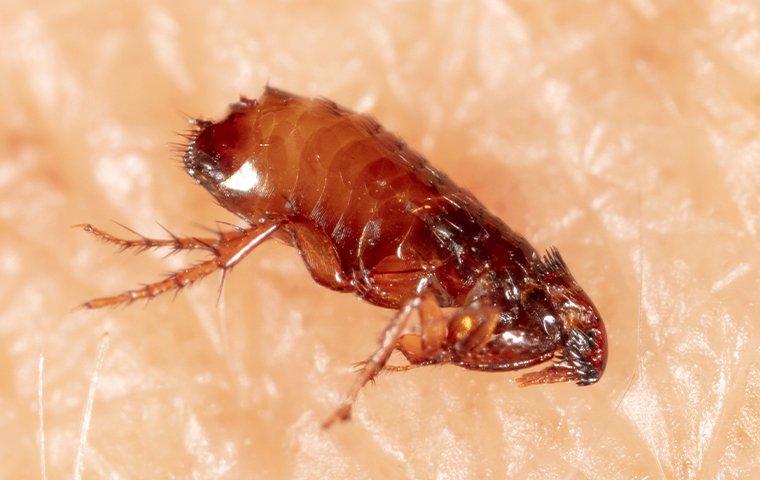
Life Cycle of Fleas
Fleas go through four stages in their life cycle: eggs, larvae, pupae, and adults. Knowing how this process works is very important to stop fleas the right way.
Effects of Fleas on Pets
Fleas can cause itching, redness, and in severe cases, lead to infections or diseases. Checking often and treating your pets is needed to keep them safe.
Understanding Ticks
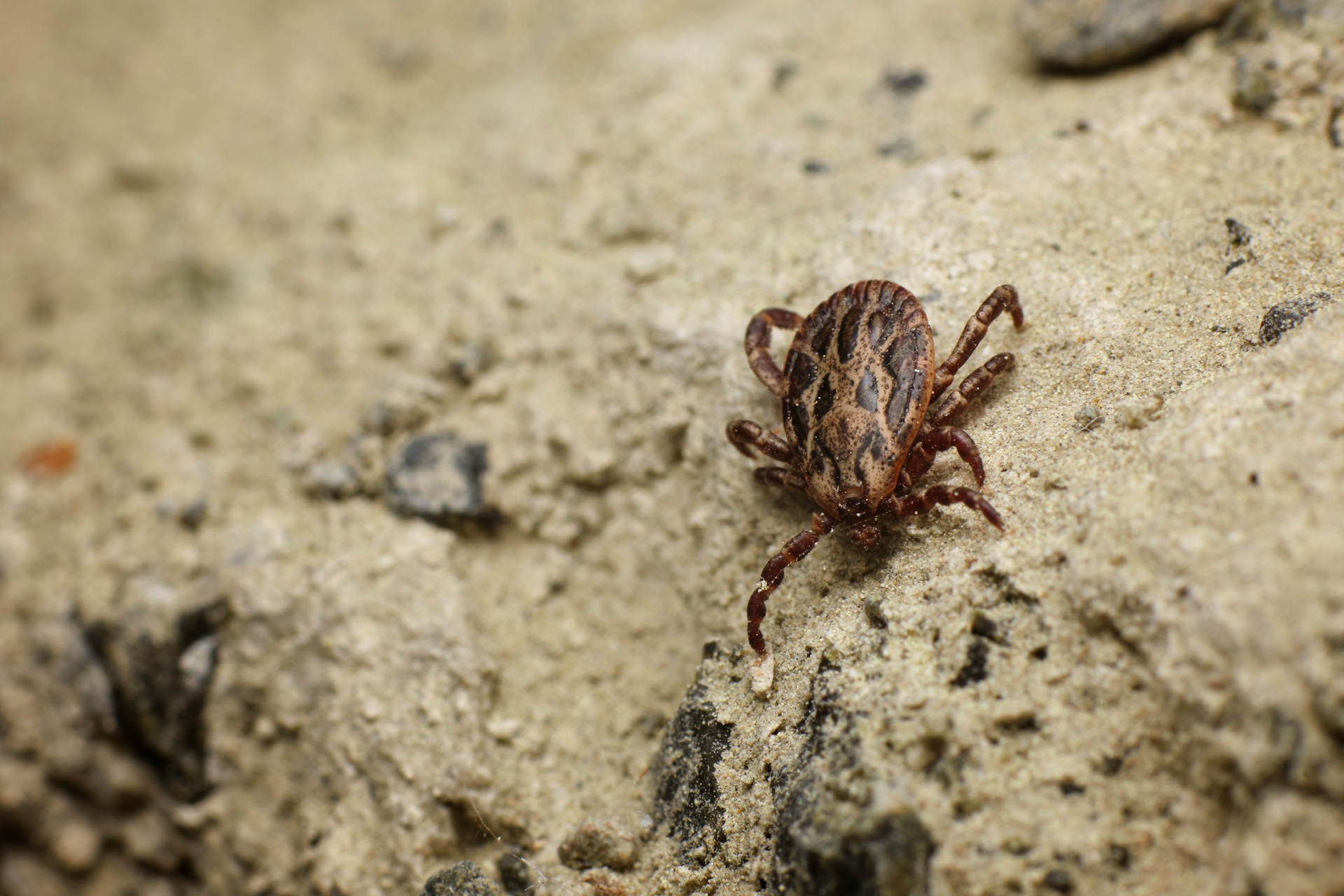
Ticks are not insects but arachnids. They latch onto a host for a long time, which makes tick control a bit more challenging than managing fleas.
Life Cycle of Ticks
Similar to fleas, ticks have four life stages. However, their feeding process lasts longer, increasing the risk of disease transmission to the host.
Risks Associated With Ticks
Ticks can transmit serious diseases such as Lyme disease to both pets and humans. Taking quick action and stopping it before it starts are key.
Key Differences Between Fleas and Ticks
Appearance and Behavior
Fleas are small, dark, and fast, making them hard to catch. Ticks are larger, move slowly, and attach themselves firmly to the host.
Health Risks
While both can cause health issues, ticks are generally more dangerous because of their ability to spread diseases over time.
Prevention and Control
Managing these pests involves regular pet checks, treating your home and yard, and using preventive products recommended by vets.
Flea Control Strategies
Regular Vacuuming
Vacuuming your home frequently is a critical step in controlling flea populations. This step gets rid of fleas in all their growing stages – like eggs, baby fleas, and sometimes grown-ups – from your rugs, couches, and where your pets sleep. Aim to vacuum at least once a week, focusing on high-traffic areas and under furniture where fleas like to hide. Disposing of the vacuum bag properly after each use is also vital to ensure that the trapped fleas do not escape back into your home.
Washing Pet Bedding
Another essential strategy is washing your pet’s bedding regularly. Fleas can lay eggs and develop in the places where your pets sleep and spend a lot of their time. By washing their bedding, blankets, and even soft toys in hot water weekly, you can kill fleas in all stages of development. If possible, opt for pet bedding that is easily washable and durable enough to withstand frequent cleanings.
Using Flea Treatment Products
There is a wide range of flea treatment products available, including topical treatments, oral medications, and flea collars. These items kill or keep fleas away from your pet. You must pick one that fits what kind of animal your pet is, how big they are, and how healthy they are.
Talking to a pet doctor will help you find the best and safest choice. Applying these treatments as recommended can significantly reduce the flea population on your pet and in your home.
Tick Control Measures
Thorough Checks of Your Pets
After spending time outdoors, especially in grassy or wooded areas, it’s crucial to check your pets thoroughly for ticks. This easy step can stop ticks from staying on your pet long enough to spread sickness. Look closely at places where ticks hide, like under the collar, near the ears, and between the toes. A comb with very small teeth helps find and take off ticks well.
Using Tick-Preventive Collars or Sprays
Tick-prevention products like collars, sprays, and solutions are key to protecting pets from ticks. Choose based on your pet’s lifestyle, allergies, and local tick risks. Options vary in duration of protection; some require frequent application.
Using it often and keeping the place clean cuts down the chances of tick problems and sickness a lot. Think about if your pet stays inside or goes outside and the tick risks in your area when picking a product.
Fighting the Tiny Foes: A Guide to Flea and Tick Prevention
Knowing how fleas and ticks are different is key to keeping your pets well and your house without pests. Both can be harmful, but you can manage them with careful attention, steps to prevent them, and quick action if they show up. By using the right methods to control fleas and ticks, you can really lower the risk of these bugs hurting your pets or family. Always be alert and talk to a vet for advice that fits your specific needs.At Valley Integrated Pest Control, we know how crucial effective pest management is. Our skill in stopping fleas and ticks fixes your problems now and helps keep them away later. We offer special plans to make sure your home is safe and without pests. Contact us today to start your journey towards a pest-free life.
